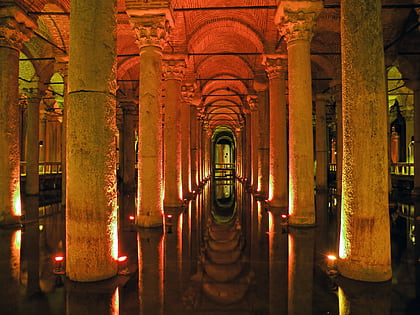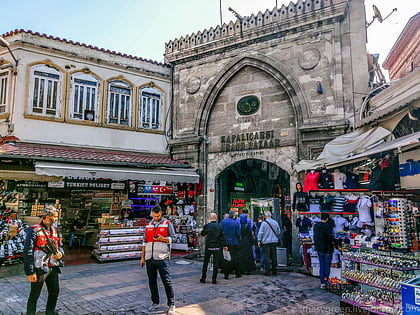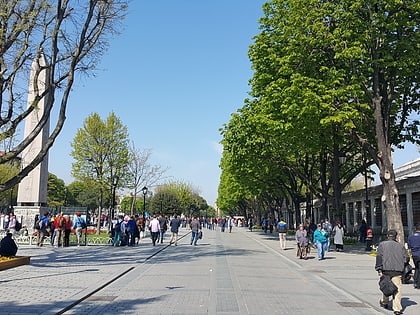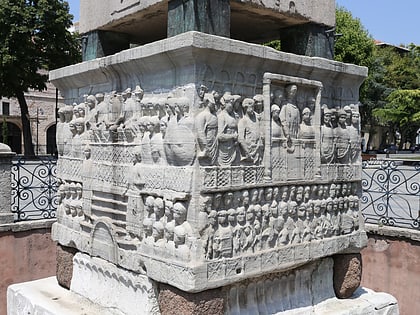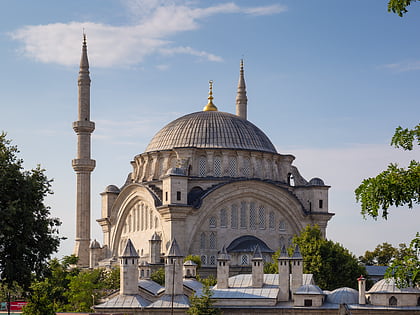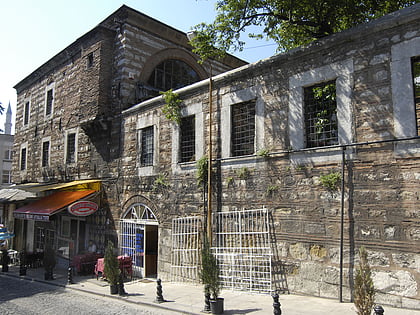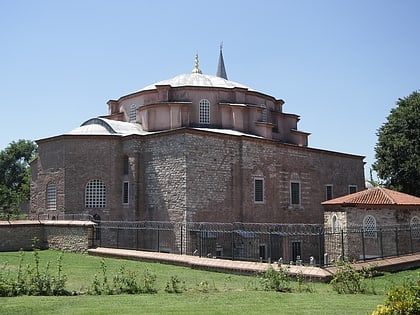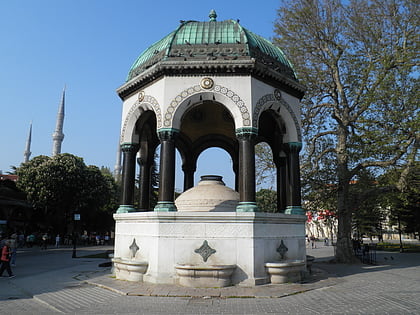Theodosius Cistern


Facts and practical information
Nestled beneath the bustling streets of Istanbul, the Theodosius Cistern is a testament to the city's rich history and architectural ingenuity. Built in the 5th century during the reign of Emperor Theodosius II, this ancient reservoir was once part of a sophisticated water supply system that sustained Constantinople, the capital of the Byzantine Empire.
Today, the Theodosius Cistern has been transformed into an evocative museum, inviting visitors to step into the dimly lit underground chamber and witness a piece of Istanbul's historical puzzle. The cistern's cavernous space, supported by a forest of 32 marble columns, each standing 9 meters tall, is a marvel of early engineering. The columns are arranged in two rows, creating a symmetrical elegance that adds to the serene atmosphere of the cistern.
Visitors to the museum can stroll along the wooden walkways, taking in the sight of the columns reflected in the shallow waters below. The play of light and shadow on the ancient stone and water creates a mystical experience, reminiscent of the cistern's past glory when it held up to 80,000 cubic meters of water, channeled from sources outside the city.
The Theodosius Cistern is not as widely known as the Basilica Cistern, its larger and more famous counterpart, but it offers a more intimate glimpse into the Byzantine period. Its recent conversion into a museum has included the installation of informative plaques that detail the cistern's historical significance and construction.
Theodosius Cistern – popular in the area (distance from the attraction)
Nearby attractions include: Blue Mosque, Basilica Cistern, Grand Bazaar, Sultanahmet Square.


